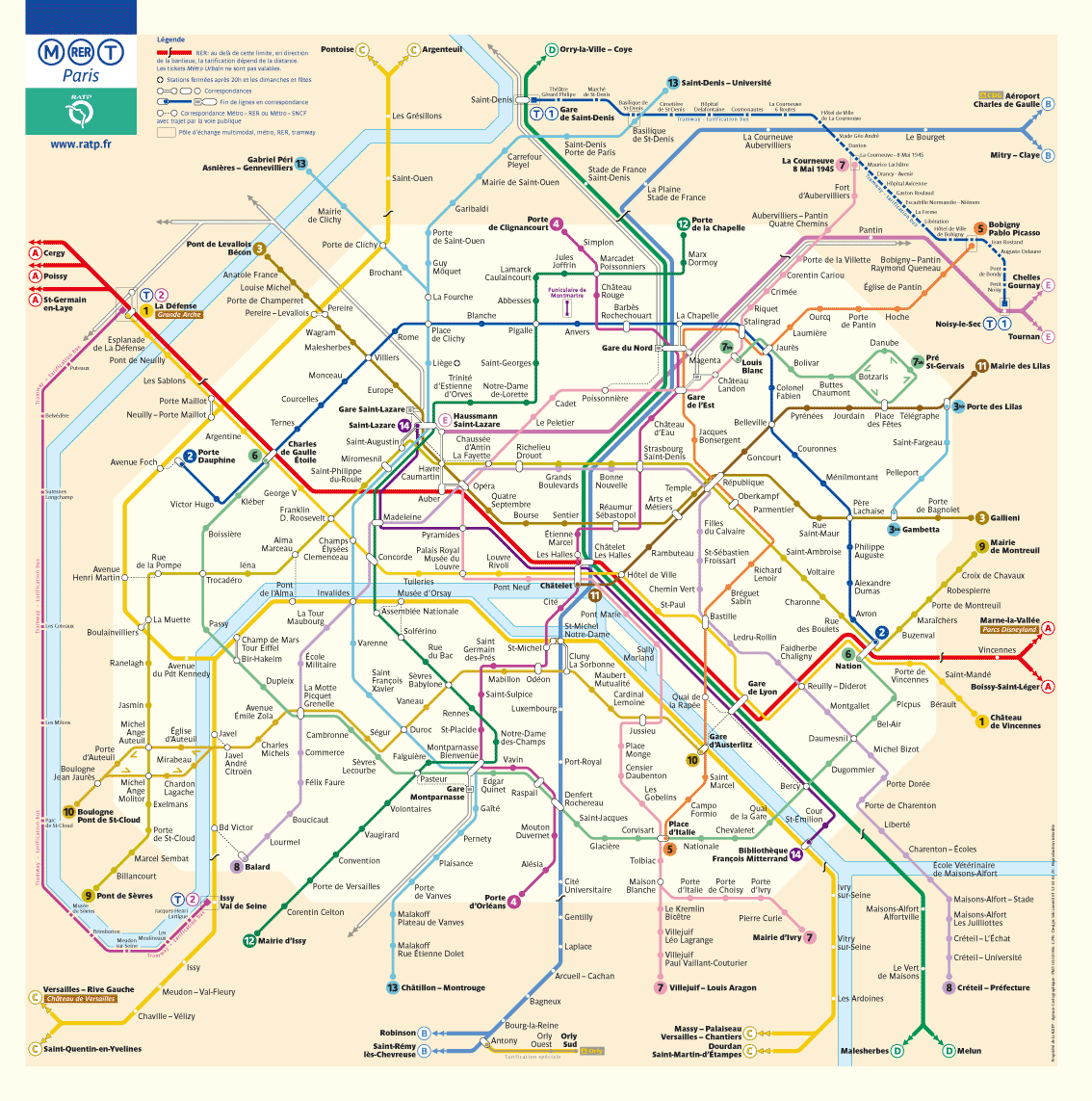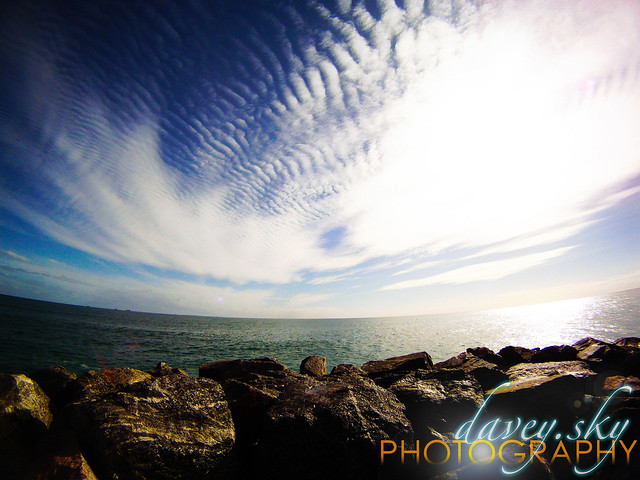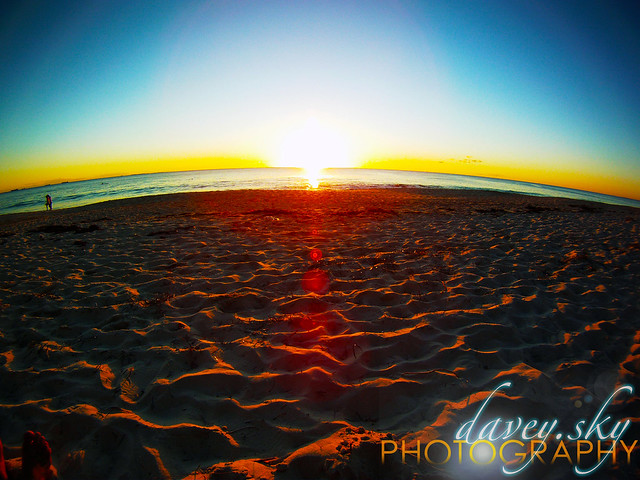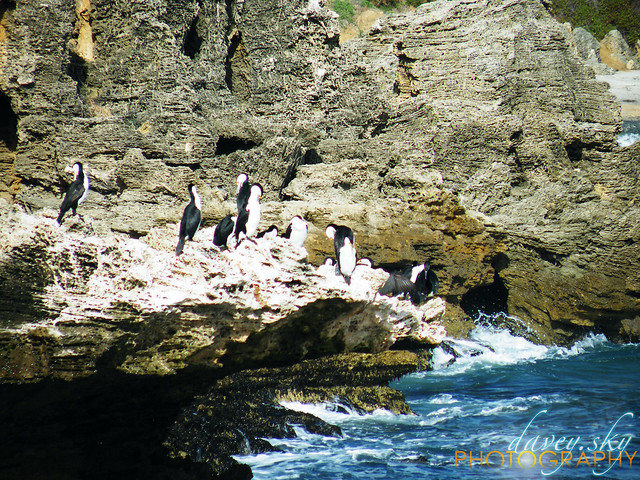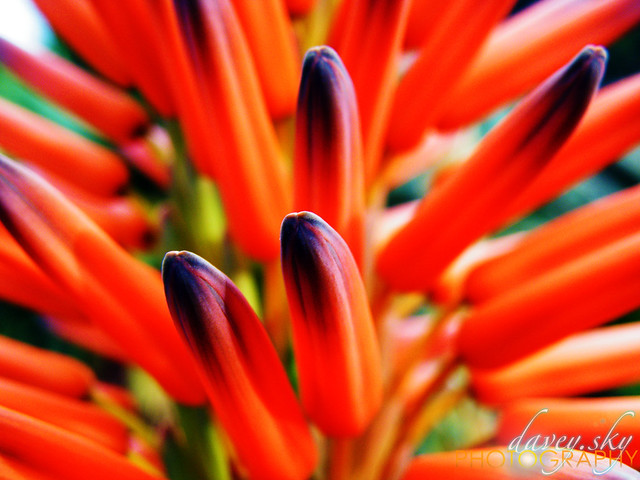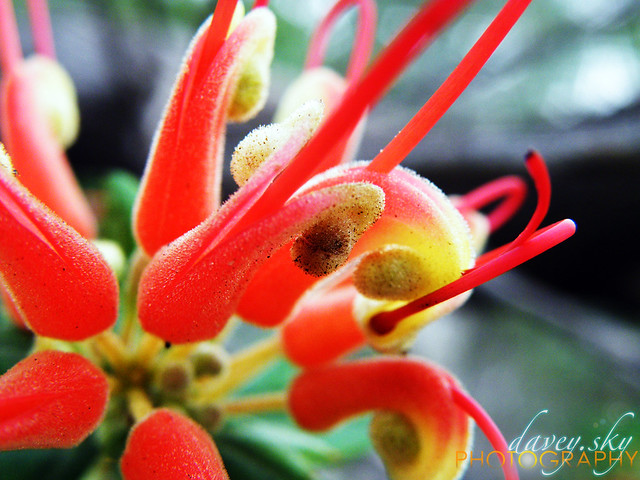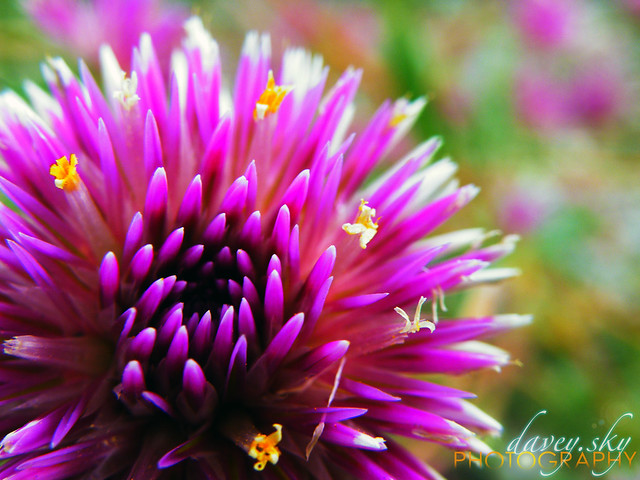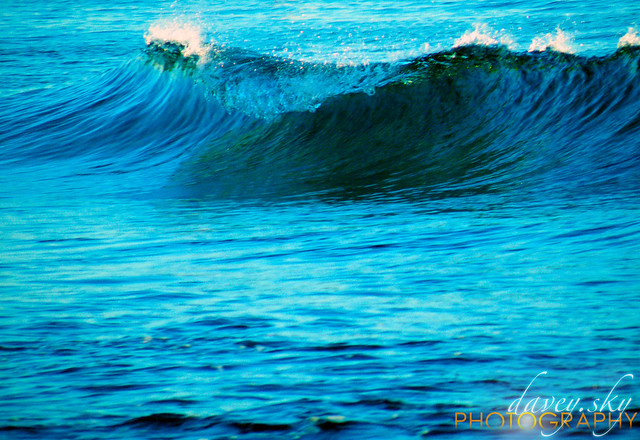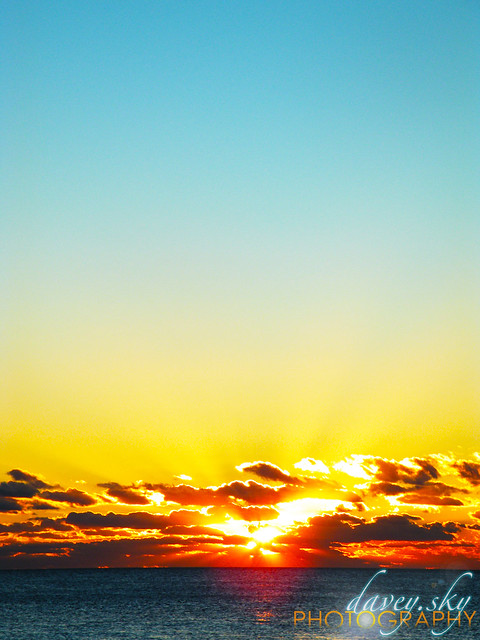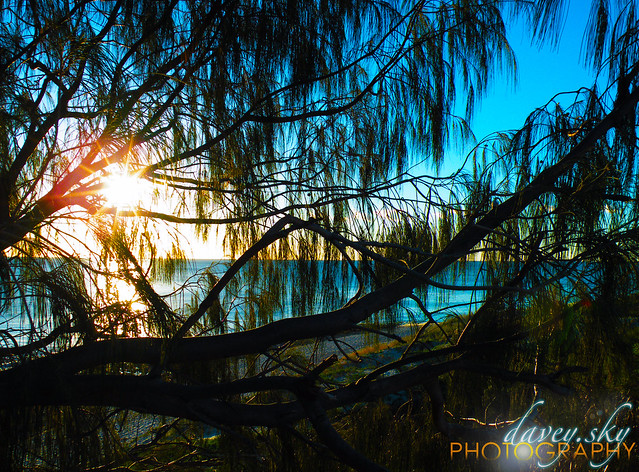Saturday, June 11, 2011
On top of the world--from Paris!
Friday, June 10, 2011
Vous parlez anglais?
The Sterility Code
I was intimidated by tissue culture at first. When Amy first showed me how to do it I feverously took notes. The next day I typed these notes and studied them intensely because I needed to subculture the next day. Kuayping (who is now watching over me because Amy went to the US for two weeks) showed me again and then let me try.
The steps to tissue culture of fairly simple; remove the old medium, wash with buffer, add trypsin (an enzyme) to dislodge the cells, remove the trypsin because you don’t want to have too much enzyme, incubate the cells so that the remaining trypsin can do its job, add a buffer that inactivates the trypsin because you don’t want to digest your cells, suck up and squirt out the cells to put them all into solution, and finally add new growth media and call it a day. Overall, pretty simple, the most complicated procedural task is remembering which button on the electronic pipette sucks up liquid and which squirts it out.
But, the procedure for tissue culture isn’t what is tricky-being sterile is the though part.
Your tissue culture to do list:
Spray down the hood with ethanol-check. Spray every bottle that enters the hood with ethanol-no problem. Wash your gloves with ethanol before you put them in the hood-really cell culture is an alcoholic’s dream (just kidding, never ever think to drink the ethanol).
Why all the ethanol? You need to have a completely sterile environment, 70% ethanol will kill most biological organisms that threaten your sterile hood atmosphere.
Alright-I’ve been working spray bottles as water guns since the second grade; so far everything I’ve explained about sterility shouldn’t be a problem. But now we in da hood (science gangster reference, not typo).
When working in the hood you need to be much more conscious about everything you do. This means when I reach over my sterile pipette, with my sterile glove, for my sterile media bottle I have risked contamination of my sample because my unsterile arm may have dropped dust on my once sterile pipette. Even when being rigidly careful, Kuayping still pointed out how I broke the sterility code at least three times-which means throwing out a perfectly clean pipette tip (I felt bad about that).
During my first tissue culture venture, I literally felt like I had never used my hands or arms before. To set the dramatic scene:
The setting: Biopolis, Singapore on another 85 degree day, 100% humidity. On the fifth floor of IMB which is kept at about 10 degrees (I wish I brought more long sleeved clothing), in the tissue culture room whose doors open only if you wave your hand in front of a scanner to the left of the door (it is really cool, I couldn’t figure out where else to put that). Devinn, the narrator of this telling tale, is diligently working on cell culture. The hood is gently humming in the background as it sucks up air to keep the environment clean. She is working with a flask which has the general shape of a metal whisky container that you see men have in the movies-except lie the tin bottle flat on the table.
My motivation: I need to make sure I dispense the media everywhere in the flask except the bottle neck of the flask because it is too close to the air and that compromises sterility.
The Conflict: I can’t figure out how to rotate a foot long pipette so that I cover the area around the mouth of the flask without touching it. I awkwardly struggle and fail multiple times.
The Climax: Kuayping either out of pity, boredom, or frustration reaches in to demonstrate this task.
The solution: he uses his wrist!!
Anticlimatic? Maybe. My point is that my arms felt so foreign to me that this simple motion was revolutionary.
On my second time sub culturing, Kuayping didn’t watch over me- I was surprised. It was like the mother bird pushing the hatchling out of the nest- thankfully I flew instead of splatting on the ground (This reminds me of a really funny website with analogies-I suggest you check it out http://writingenglish.wordpress.com/2006/09/12/the-25-funniest-analogies-collected-by-high-school-english-teachers/).
Every attempt after the first has gone fairly smoothly-now that I know the procedure by heart I can focus more on my movements to make sure I keep everything sterile.
I will dedicate another blog to my microscopy work once I have some beautiful fluorescent photos.
Till then, keep it real USA
=]
Thursday, June 9, 2011
France, Here I Come!
 Seriously, what happened to the whole month of May? It seems like I went from finals week in New Brunswick straight to June 10th, what gives? Well, it's now two days before I get on a plane in Philadelphia and head out to somewhere in the sunny countryside of France, which is really friggin' cool. I'll be spending two weeks in the town of Cluny which is in Burgundy (http://en.wikipedia.org/wiki/Cluny) and learning about the microbiology of wine and cheese. But, do you know what learning about the microbiology of wine and cheese entails? That's right, eating and drinking a whoooooole lot of each, which, again is really friggin' cool.
Seriously, what happened to the whole month of May? It seems like I went from finals week in New Brunswick straight to June 10th, what gives? Well, it's now two days before I get on a plane in Philadelphia and head out to somewhere in the sunny countryside of France, which is really friggin' cool. I'll be spending two weeks in the town of Cluny which is in Burgundy (http://en.wikipedia.org/wiki/Cluny) and learning about the microbiology of wine and cheese. But, do you know what learning about the microbiology of wine and cheese entails? That's right, eating and drinking a whoooooole lot of each, which, again is really friggin' cool.Alright, enough rubbing it in, Scott. Just get into it and introduce yourself to these wonderful people, will you? I'm from the scenic Buena, NJ which is situated in the heart of south Jersey between Philadelphia and Atlantic city. Buena is a small, mostly rural town that has a large italian population and is surrounded by large expanses of farmland. My family has called Buena home since 1914 when my great-great-grandfather Angelo bought a 20 acre tract of land here and began farming vegetables. He named his farm Bellview Farms, which was handed down father to son throughout the next several generations until my father took over the farm after graduating college.
By that point the farm had grown to encompass 150 acres of farmland and was well known throughout southern Jersey. My father continued to farm vegetables on our land for the next 25 years until he made a drastic change to our family history. The market for vegetables was declining, and with international competition increasing it was only getting worse. So, my father decided to get out of the vegetable business and open a winery (which might not have been my first idea in the situation, but it was a good one!). He started by planting a three acre vineyard and converting an old barn at the original Quarella homestead into a wine production area. Today, Bellview Winery has 40 acres of vineyards and produces 30 different wines, which are all made from grapes grown on our estate. Our wines have won distinguished awards and have given us a reputation for making some pretty tasty stuff. In the future, I hope to propel Bellview Winery to new heights by becoming the fifth generation of my family to cultivate our land.

At the moment I am studying Food Science and French at SEBS (The School of Environmental and Biological Sciences) of Rutger's University in New Brunswick, NJ. When I saw the course title The Food Microbiology of Wine and Cheese I thought, "what could be more perfect?". What I've learned from classes and from working at my family's vineyard and winery will be directly applicable, which is surprising. Let's be honest, what do we learn in school that we actually use in real life? I would say little to none, so I'm very lucky to have found such a fitting course.
I'm very, very, very, verrry, excited to be going to France, which will be my first trip to Europe; I'm even more excited to taste a whole lot of French wines and cheeses! This will be the first time I've traveled a long distance by myself and I have to admit that I am a little nervous, but I'm sure that I'll be fine. I can't wait to put some of the French that I've been learning for the past several years to use and meet some new friends. I suppose I will kind of have to, seeing as how I don't know anyone else who is taking the course, but I think that that will make this experience very special for me and leave me with a lot of lasting memories.
Anyhow, that's it for now, but I'll be posting plenty more once I get to France. Tout à l'heure!
From the city of light- Bonjour!
Bonjour from Paris, France! I am traveling to the study abroad program, The Microbiology of Cheese and Wine, in Cluny, France. Cluny is a small town of about 4,000 people, 20 miles northwest of the city Maçon. Before I join up with the program, I am traveling to Paris, the city of light, to spend 3 glorious days seeing all the cafes, famous sights, and Parisian culture. I write this entry reflectively aboard the TGV heading southwest to Aix-en-Provence, a city that is only 30 km from the Mediterranean. The TGV one of the fastest trains in all the world any reaches speeds of over 200 miles per hour in certain regions.
Even as I right these words, we are speeding past farms with a steady hum of electric powered engine in the background and the control toward of Orly Airport in the background. The sound of the speeding train is greatly dampened by the heavy windows and thick carpeting so I can only imagine the sound of the wind rushing past outside. It is an invigorating experience to know that we are moving over a hundred miles an hour, and I didn’t even have to be strip searched or X-rayed by security.
A bit about myself should be included in this narrative. My name is Daniel Kurz and I am now a senior at Rutgers University. I am double majoring in nutritional biochemistry and exercise physiology with a minor in biochemistry. I entered college expecting to become a dietician and then potentially go into medicine or work as a clinical dietician. For those who don’t know, a nutritionist is not really a word of any importance. Anyone can be a nutritionist because it is not certified or accredited by any governing body, but a dietician is a person that has passed an exam on the federal level certifying their abilities.
At the end of my freshman year, I realized that I didn’t want the job of having to try to convince people to stop eating so much saturated and trans fats. People can be obstinate, and I just don’t have enough patience. I appreciate my peers who like that challenge. For me though, I switched away from the applied science of nutrition to the basic science of nutrition, trying to understand the fundamental underpinning of how nutrition interacts with the body. I then decided to add exercise physiology in my sophomore year when I realized that you couldn’t have proper nutrition and understand the body with only an understanding of how nutrients enter the body. The question was how the body uses those nutrients and in what way. So I answered my question and took the plunge of a second major, a hard but a good choice because the scope of my understanding has broadened so much. The nutrition department ought add an exercise physiology class to the curriculum.
This trip that I am embarking is the product of several months long planning starting with the suggestion of my friend who didn’t want to go alone. As a result, I agreed to attend the same program, and write an essay to seek a scholarship. Little did I know that it was the beginning of a long day dream that would cummulnate in the spectacular trip I am now on.
I departed from JFK airport and arrived the following day in Geneva, Switzerland before departing back to Paris, France. I found it highly amusing that it is cheaper to fly past Paris to Switzerland and then to Paris than it is to fly direct to Paris, but as the French say, “C’est pas.” meaning too bad. Delerious with sleep deprevation from not sleeping well on the flight I found my way to the RER B, the regional suburb train that goes to central Paris, and arrived a short time later at Gare du Nord. It should be noted that where you buy tickets for the RER is an electronic booth next to many other booths for many other kinds of trains, and if you are not familiar with the machines it is very confusing. Furthermore, the symbol that looks like a square on the front of the machine that is lit up and says, “Non acceptee” means that credit cards are not accepted. It took me nearly 20 minutes to figure that out. The adventure en Francaise began then, but we made it out of the airport and into Paris. I switched trains to the metro, the equivalent of the New York Subway, which was very clean and every single station is decorated differently. This was the easy part.
Almost immediately after walking out of the metro, I was quite lost. Unfortunately, blocks in Europe do not come together in perfect right angles. Rather they come together at obtuse and acute angles with many road names coming together at once. If you do not have a map, as I didn’t, you can become very lost. After a small panic, and quite the fright that I would be lost in a city that does not speak much English I found my hotel. Hotel Eiffel Villa Garibaldi is not a cheap hotel, but it deserves the price it charges. In Europe, it is not very often that in old cities with many building dating to the Napoleonic Era to have bathrooms in the room or a service that cleans the rooms. Figuring that I am in France only rarely, I chose to step up my expectations of hotels and reserve a hotel that has those accommodations included. Thankfully, Frommer’s France guidebook suggested a mid-range hotel that has those accommodations as well as breakfast included. En Francaise the words are Hotel avec le w.c. dans l’interieure et petite dejuener.
I ended that first part of my journey by laying flopping down on my bed and uttering the words, “why did I have to come to France.” That day was terrifying with exhaustion and confusion, but it was thrilling
Wednesday, June 8, 2011
Hallo Deustchland
Equal parts nervous and excited. All packed up and ready to go despite the
inescapable feeling of forgetting something crucial. An 8 hour plane ride lies ahead
with a 6 hour time change over night, so there promises to be plenty of jet lag for
the upcoming few days. A few weeks of sightseeing and visiting different landscapes
lies ahead, followed by a four day weekend of free travel and culminating in a one
week intensive collaborative landscape architecture exercise with some of the
students from the university of Munich on a local site. A post program travel trip
is lined up for France and Portugal for a leisurely end to what promises to be an
amazing 6 weeks abroad.
A bit delayed first post due to some complicated internet abroad issues, but look out for a recap of the first week in Berlin and some photos in the next couple days.
Pre Departure: Am I Supposed to be this nervous?!?!

According to my online class site I leave in 10 days for Little Cayman of the Cayman Islands for my Tropical Marine Conservation Study Abroad program. About a day ago it felt like it said 18 days and tomorrow it will probably be a day. I am not only dedicating every day to organizing my stuff, to checking and re-checking my flight information, to talking to my parents about the flight, to buying more and more and more stuff [including fins, mask, snorkle, waterproof journals, water boots, and tons more]that will most likely not fit into the required weight amount of my luggage, to reading about corals and conservation, and working on my project on sea turtles, but I am also dedicating a large portion of those days to being nervous.

This will be my first time in a new place without friends or family, and I have never been more frantic in my life, but I know that will be a large reason as to why this will be a great experience. I am a 21 year old sophomore, going on junior and I am ready to embark on an adventure that will expand both my knowledge of the oceans and my future. I am a marine biology major and involved in research with Paul Falkowski on corals and decalcification rates already. Although I love the lab and learning how research is constructed away from the environment, I feel I will be better equipped for this adventure and will enjoy the hands on experience I will get while being face to face with an actual reef, the biology within it, and their interactions. In addition to the diversity of the ocean, I have a love of all animal life and am excited to also see the largest breeding colony of Red Footed Bobbies, the Endangered West Indian Whistling duck, and iguanas. Although I did not at first plan to go on this study abroad program, it has already been the most rewarding experience already. Through applying and preparing for this program I noticed my love for the subject of conservation and see my future heading in that direction. There is more to the ocean then just one isolated organism and their components within and lab and I can’t wait to be apart of the dynamic of an ocean ecosystem.

Ever since I received my letter of acceptance to the Little Cayman Conservation coral reef project I have been wondering about what I could possibly see and do. When I think about Cayman, it’s not just a vacation, it’s an opportunity to be apart of something. In order to better explore the island I will be able to scuba dive in the diverse waters and reefs and not just snorkel. I will be spending 19 lovely days on the small, remote island of Little Cayman from June 18th to July 6th, and although my dad says Grand Cayman is amazing, I hope I am able to say Little Cayman is better. Although I’m sure the experience I have in comparison to his will be incredibly different. Little Cayman is only 10 miles long and 1 mile wide with a small population of 150 and only has one dirt road that circulates the island, while Grand Cayman I believe to be, well, Grand.
I've always loved marine organisms, so it was only natural that for my birthday I received a book called Sea Turtles: A complete guide to their biology, behavior, and conservation (As sea turtles are my ultimate favorite animal). It just so happens that one of the topics for my pre departure project was Sea turtles, biology and conservation. Despite the class mostly focusing on one of my favorite subjects, coral reefs and conservation, I will always have a great love for sea turtles and their majestic mystery. I wish I had months to prepare for this project, but I have so far loved every second of the knowledge part of the trip I have yet to depart on.

The knowledge I will gain is not the only thing I’ve been thinking about. I’m nervous for the shock of being secluded. Although I had lived in a small town my whole life, Cayman is larger and has a lot less people. I’m sure I will fair fine, but I’m interested to see how it turns out, how I will deal with the small airplane and small airport. I knew many people who previously had this class, but in no way can you ever be completely prepared for something like this.
On June 18th I will be afraid, I will board a plane alone, and probably have to keep telling myself to breathe during the whole duration of the flight. But one I am there all that nervousness will turn to pure excitement and all the franticness of the past few weeks will be worth it. One day I will look back on the experience and think about how nervous I was and that that was the beginning of my future.


I may be nervous; I may be scared out of my mind, but who isn’t.
--------------------------------------------------------------------------
Fun facts: the Cayman Islands were first called Las Tourtugas, or "The Turtles" when Columbus sailed by and his son noted two very small islands full of turtles.
And my favorite turtle fact, the gender of sea turtles depends upon the temperature of the incubation. The eggs on the inside would therefore usually become females, and the outside eggs become males.Tell your friends.
Today, June 8th, is World Oceans Day. Go to worldoceansday.org for more information!
Learn a new fact about the oceans and tell others!
G'day from down under!
First of all, it is absolutely BEAUTIFUL here. The plant-life and wildlife are exotic and the beaches are breathtaking. The sky is literally bluer here (less particulate matter in the air) and the clouds alone are incredible. They're so high in the sky and vast; it really gives the true impression of how huge Australia really is.
I've now been in my third ocean! 3 down (Atlantic, Pacific, and Indian) and 2 to go (Arctic and Southern)!!!
Anyway, I'm in Perth, which has a population over over 1.5 million people. That being said, it is commonly known as the world's most isolated city...which it is! The nearest cities are thousands of miles away. North of Perth, about half way up the continent of Australia is Ningaloo Reef; the world's only extensive reef system of the west coast of any continent. I may even get a chance to visit Ningaloo Reef for a glider deployment! On the east coast of AU is Cairns (the Great Barrier Reef), the Gold Coast, Sydney, etc. Those are the more commonly known and visited tourist attractions.
So over the past week I've been lucky enough to go to the beach a few times, visit the city, and do some walking around in Kings Parks, which is a part-preserved forest/part-botany forest. Really pretty there.
I'm not much of a bird person compared to other animals, but some of the birds here really are quite fascinating. Beautiful colors and really cool sounds and songs! The Kookaburra sounds really cool in particular. Its sound is replicated by Aboriginals that play the didgeridoo.
The first couple days we got here the surf was great! But the swell has passed and I'm waiting for another good swell to come in. Also had some wetsuit problems, but hopefully they'll get resolved soon and I can get some really nice waves! One of the professors I'm working with at the University of Western Australia worked on a project to create the world's first artificial SURFING reef! The reef was designed to create perfectly breaking waves for surfers, and is just a few miles away from where I'm staying!
This past Monday I started work at the University of Western Australia's (UWA) Oceans Institute (OI). I am working with Ben, Christine, Dennis, Mun, and Chari, who are all from UWA, and Shannon who is interning from Rutgers University here with me too! We started off on Monday morning with an ANFOG (Australia's National Facilities for Ocean Gliders) meeting about the plans for this week and the next coming 2 months. We have a glider deployment this Friday, for which we have been preparing and testing the glider U209 for. The glider will be taking measurements of the Leeuwin Current just off the coast of Perth. The Leeuwin Current is vital to the marine biology and ecosystems here in Western Australian waters. In addition to prepping U209, we prepped U210 for another Marine Science Institution in Tasmania for a very cool guy named Lindsay who I met in the Canary Islands this past March for a global glider observatories conference!
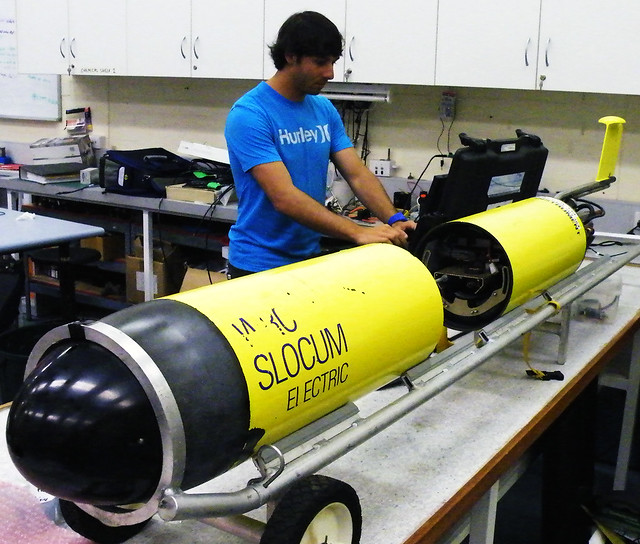
After we get U209 in the water, we will begin prepping the 2 gliders which Shannon and I will be piloting for our primary research this summer. They are a new type of glider which we have not worked with yet, which is exciting to be able to learn how to tech and operate another type of glider (there are 3 main types of gliders, so I'll know how to operate 2 out of 3 after this summer!). The type of gliders I am very familiar with are Teledyne Webb Research SlocumGliders, such as U209 and U210 are. I will be working with Slocums, but the main part of the data from which we will be using for our research will come from the 2nd type of glider: iRobotSeaglider. Essentially, the sensors on any glider are the same, the variance in the glider itself is just the vehicle to which the sensors are attached. When it comes down to it, data is data!
We will be researching the Perth Canyon, an ancient part of the Swan River and begins about 20 nautical miles off the coast of Perth. I'll get into more detail about that when the times comes!
So as I said, we'll be going out of a boat early Friday morning to deploy the Slocum glider U209! I believe it will be Dennis, the glider tech at UWA OI/ANFOG, Shannon, and me. I'll be sure to take some pictures!
Speaking of pictures, photography and is a mini-hobby of mine, so I'll be sharing some photos I take along the way of this Australian Adventure! I particularly like dynamic landscape photography and supermacro photography. Hope you enjoy them!
Cheers,
Dave
Tuesday, June 7, 2011
Exploring Paris
 |
| France 2011 Day 2- Discovering that the Louvre is closed only on Tuesdays, the day that we decide to go. |
Monday, June 6, 2011
Some Pre-Departure Thoughts (Introduction)
There is about 48 hours until I embark on a new life-changing journey to Oaxaca, Mexico. With that being said, I can only feel feelings of excitement and slight anxiety. This program lasts only one month; I will be arriving on June 8th and departing on July 11th. I am excited because I know from a prior adventure of working abroad in Nicaragua that you experience enormous personal growth from expanding your world-view. New lifestyle, culture, cuisine, arts, issues, politics, interactions, etc. (list goes on and on). All of these diversify an individual’s thought process and outlook on life. Ironically, I am anxious for the same reasons.
My name is Kenny Disbrow and I am a rising senior. I major in Public Health with a minor in Biological Sciences. This program is entitled Public Health in Oaxaca, Mexico which makes me feel that this program was tailor-made for me. Unlike other study abroad programs, this one is “service-learning based” which means that the program addresses the needs of the community through service while developing the academic skills of the student. My community placement will be in a health clinic called Clinica del Pueblo. This clinic provides healthcare services to the poorest members of the community in Oaxaca. This will be an invaluable experience since I aspire to become a physician in the future.
The last thought on my mind is the language barrier. I took a few Spanish classes back in high school, and I traveled to Nicaragua for one week. My Spanish skills are not the best, but I know enough to get around. However, there is no better way to learn a language than to fully immerse yourself in the culture that speaks it. I will in Mexico for a total of 4 weeks and 4 days. Only time will tell how much I improve.








